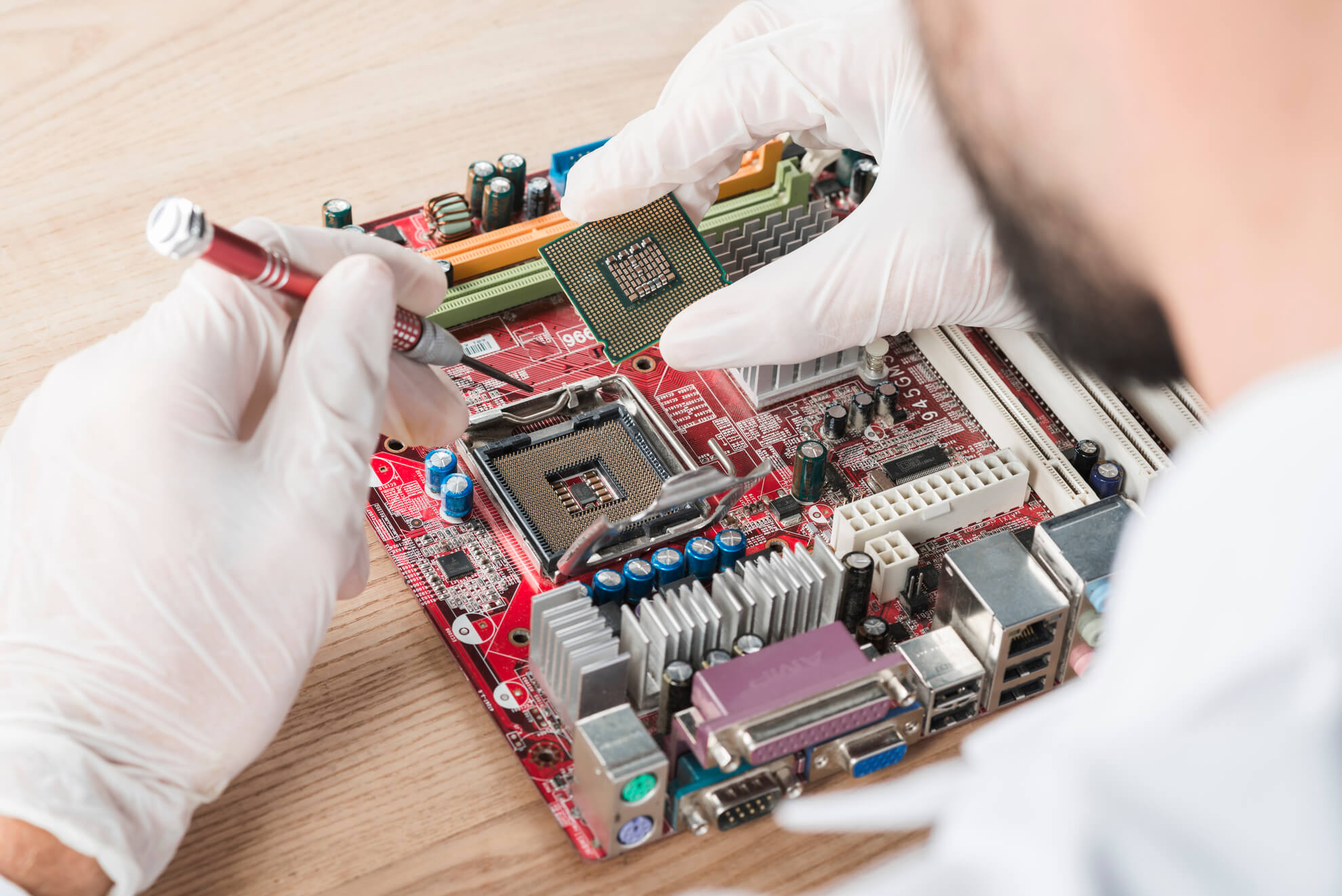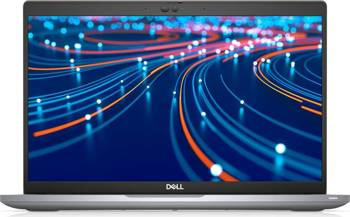Global and European used electronics boom
Until a decade or so ago, second-hand shopping was mainly associated with frugality - a car bought from a previous owner, a book from an antique store or clothes from a second-hand store simply allowed you to spend less. Today, however, it's not just economics, but increasingly a conscious consumer choice. Global trends show that more and more people are betting on reusing goods - supporting the idea of a circular economy and caring for the environment. While the market for used cars or clothes is already firmly established, a rapidly growing segment is becoming post-lease electronics: laptops, desktops and smartphones, which are experiencing their "second youth." Customers are increasingly preferring strong specifications over the perfect visual condition of the device straight from the store. Especially since post-leasing equipment also comes with a warranty.

Global and European boom in used electronics
Here are the results of the surveys we mentioned in the introduction, which confirm the growing trend of second-hand electronics purchases (both from private sellers and post-lease):
- Europe: the value of the used and refurbished electronics market in 2022 was estimated at $78.9 billion. It is forecast to grow to as much as $225.5 billion in 2031, with an impressive annual growth rate (CAGR, Compound Annual Growth Rate) of 12.6%.
- Worldwide: the refurbished electronics market is expected to grow from $61.8 billion in 2025 to more than $121.9 billion in 2032 (CAGR ~10.2%). Other analysis indicates that it will be worth $54.3 billion in 2024 and reach nearly $118.6 billion by 2032 (CAGR ~10.3%).
- Smartphones: in the European segment alone, sales of used and refurbished handsets are expected to grow from $24.4 billion in 2025 to $47.2 billion in 2032. - which implies an average growth rate of 11.5% per year.
- Laptops: According to The Business Research Company, the value of the global market for refurbished laptops increased from $7.24 billion in 2023 to $7.73 billion in 2024, with a forecast to reach $10.15 billion by 2028 (a CAGR of about 7%).
Why are post-lease electronics gaining popularity?
1. Savings without compromising on quality
The biggest advantage of post-leasingch purchases is price. Laptops or computers that until recently were in use in large companies and corporations are coming to the secondary market in very good condition. This allows the individual customer to buy a business device - much better made than standard consumer models - at a fraction of the price of new equipment.
The quality of workmanship can be seen, among other things, in the material of the case or the hinges. At a price of about PLN 1,300, a new laptop has a casing usually made of plastic. Post-lease laptops at this price already have housings made of aluminum or magnesium alloys. Such materials provide greater durability and protection for the laptop.
Savings can reach up to 50-70%, while maintaining high quality.
2. Ecology and closed-loop economy
Growing environmental awareness is making consumers more willing to go for second-hand equipment. According to the European Commission, the average EU resident generates more than 16 kg of electro-waste per year. Buying post-lease electronics reduces this number in real terms, extending the life cycle of the equipment and reducing the CO₂ emissions associated with the production of new models.
The amount of raw materials used in the production of a new laptop depends, among other things, on the manufacturer, model or purpose of the laptop, but averages are taken for one new device:
- 190,000l of water
- 270 kg of CO2
- 1200-1500 kg of rare metals (min. lithium, cobalt, tantalum, tungsten), aluminum, steel, glass
Choosing post-leasingch equipment is a great way to use equipment already manufactured that can last for years to come.
3. Increased availability and growth of e-commerce
The rapid growth of online sales has made access to refurbished computers or smartphones easy and convenient. Eurostat reports show that already 75% of Europeans make purchases online, and an increasing proportion of this activity involves electronics. In Poland, online shopping is particularly popular among young people, who are willing to go for used equipment as a more cost-effective alternative.
4. Rising confidence in used devices
Just a few years ago, consumers were concerned about the quality of second-hand equipment. Today, the situation is different - professional refurbishment and sales companies post-leasingch computers provide testing, cleaning, and often a warranty. According to research in Europe, as many as 60% of consumers say they feel comfortable buying a refurbished smartphone. This shows that the psychological barrier has been broken down.
A common concern is also the visual condition of the devices. It's not always possible to photograph every single model, nevertheless, companies are introducing systems to assess what a laptop or smartphone looks like. We are only talking about the visual condition here, as technically each device is fully functional. For example, AMSO's visual classification is as follows:
- Class A-Devices that contain only minor scratches and are in the condition most similar to new products.
- Class A- Here there may be minor rubbing on the keys or palmrestachs (the area on the laptop under the keyboard where you usually hold your wrists).
- Class B- In this class, rubbing or cracks appear on the case or spots on the matrix. This class is usually recommended to those for whom good specifications are more important than visual appearance, or those buying, for example, devices for children, who are usually a bit less delicate with electronics :) The author of this post, for example, remembers a great Dell Precision 7550 model with excellent specifications, which ended up in this class through a crack on the matrix housing. You can get such a matrix undamaged for about 150-200 zlotys, in turn the model itself was about 900 zlotys cheaper compared to new.
- Class C In this class, we will meet a great variety: you may find a great gaming laptop with minimal signs of use, but, for example, not responding to the power button. There may happen a broken camera or non-working sound in the laptop, a damaged port. We try to accurately describe the defects of devices in this class and recommend it to those who do not use a defective feature (such as a camera) or DIYers who need a specific component from a model or want to undertake repairs themselves.
5. Professional business-class quality
It's worth noting that post-leasing equipment most often comes from the business segment - this means rugged cases, high-quality components and longevity. Companies invest in laptops and computers with higher specifications, which after a few years still outperform many new consumer models in terms of quality. In addition, very often such computers provide flexible expansion options (increasing RAM, adding a larger SSD).

Bottom line - the future belongs to post-lease electronics
Second-hand purchases are no longer synonymous with compromise and sacrificing quality. In the case of post-lease electronics, they mean real savings, high quality and environmental responsibility. Of course, the process of refurbishing equipment also consumes resources, but they are immeasurably less than in the production of a new laptop. Market data from Europe and the world show unequivocally: this is a trend that will only increase. For individual customers, it means an opportunity to buy high-performance laptops or smartphones at attractive prices, and for companies - a way to optimize their IT budget while supporting sustainable growth.
Post-lease electronics is no longer an alternative. It is a conscious choice of modern consumers. A choice that combines economy, quality and environmental concerns.
Recommended
